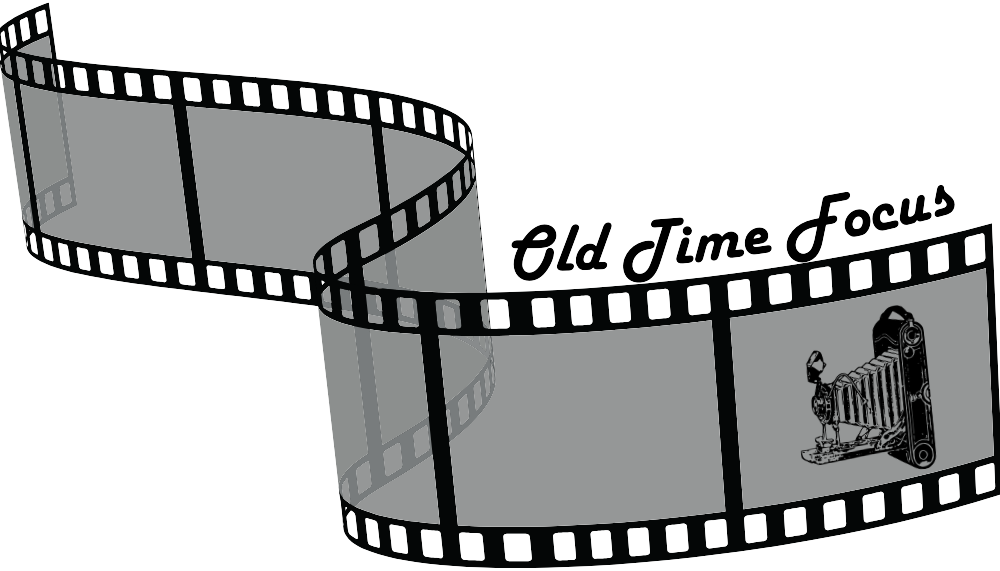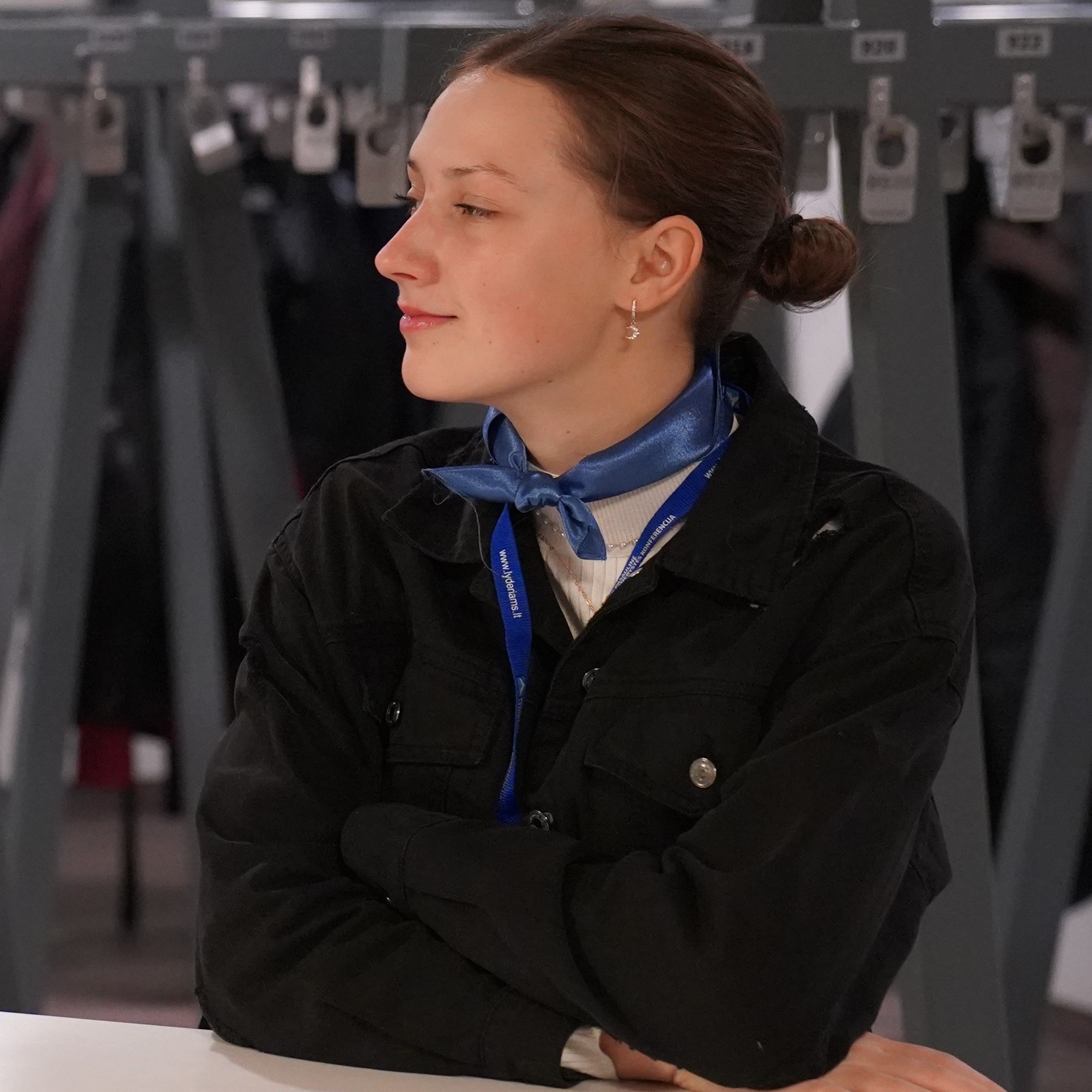Article-at-a-Glance
-
Folding cameras revolutionized photography by making it portable and accessible.
-
Kodak led the market with innovative designs like the Folding Pocket Kodak.
-
Polaroid transformed the industry again with instant photography.
-
The rivalry between Kodak and Polaroid pushed the boundaries of camera technology.
-
Today, retro folding cameras are a beloved niche for collectors and photography enthusiasts.
Why Folding Cameras Were a Game Changer
It’s hard to overstate the impact of folding cameras. Before their advent, photography was largely the realm of professionals with cumbersome equipment. But with folding cameras, suddenly, photography was for everyone. Why? Because these clever devices could collapse into a manageable size, making them the first truly portable cameras. This shift democratized photography, allowing people to document their lives outside the studio.
The Engineering Marvel of the Early 1900s
The folding camera wasn’t just a hit because of its portability. The ingenuity behind its design was a marvel of the era. The bellows—the accordion-like structure—allowed the lens to be extended and retracted, protecting it during transport. This design also meant that the camera could accommodate different focal lengths, giving photographers more creative control.
Kodak’s Ingenuity: Pioneering the Fold
When you hear ‘Kodak,’ you might think of film, but it’s their folding cameras that truly showcased the company’s innovation. Kodak wasn’t the first to create a camera, but they were pioneers in making them accessible. Their Folding Pocket Kodak, introduced in the late 1800s, was a milestone, offering the masses a way to take their cameras on the go.

From Box to Bellows: Kodak Cameras
Kodak’s journey from box cameras to the intricate bellows of folding cameras is a tale of relentless innovation. The Folding Pocket Kodak, for instance, was a favorite among travelers and adventurers. It was small enough to fit into a coat pocket when folded, yet capable of capturing stunning images that rivaled its larger, more cumbersome counterparts.

Improvements Over Time: Film and Features
As time marched on, so did the features of folding cameras. Kodak, ever the innovator, introduced film rolls that could capture dozens of images, along with the ‘autographic’ feature, allowing photographers to scribble notes onto the film itself. These improvements weren’t just technical—they added a personal touch to the photographs, embedding memories with handwritten context.
Consider the Autographic Kodak Junior, a classic from 1914, which allowed users to annotate their negatives with a stylus directly on the film, a feature that connected images with memories in a tangible, intimate way.
Polaroid’s Revolution: The Instant Evolution
While Kodak was busy refining the folding camera, a new player entered the field, ready to turn the photography world on its head. Polaroid introduced something that had seemed like pure science fiction: the instant camera. This wasn’t just a new camera; it was a new experience. Snap a picture, and within minutes, you had a physical photo in your hands. No darkroom, no waiting.
The Magic of Polaroid’s Instant Series
The Polaroid Model 95, the brainchild of scientist Edwin Land, was the world’s first instant camera, and it was nothing short of revolutionary. When it debuted in 1948, it opened up a new frontier in photography where immediacy was the thrilling new feature. The concept of ‘instant’ resonated with consumers, and the Polaroid brand became synonymous with instant gratification in photography.

Following the Model 95, Polaroid continued to innovate, introducing various models with improved features such as automatic exposure control and flashbulbs. These enhancements made instant photography not just a novelty, but a practical tool for capturing life’s spontaneous moments.
Most importantly, Polaroid’s instant cameras did something remarkable: they made photography an active part of events and gatherings. Instead of capturing memories to be developed later, photos became an instant souvenir to be enjoyed in the moment.

The Kodak & Polaroid Rivalry
The competition between Kodak and Polaroid was fierce. Both companies sought to outdo each other with technological advancements and to capture the hearts (and wallets) of consumers. This rivalry pushed the envelope of what was possible in photography, leading to rapid innovations and a diverse range of products for photographers of all skill levels.
Their Approach to Camera Design
Kodak’s approach to camera design was methodical, focusing on reliability and quality. Their folding cameras were built to last, with materials and craftsmanship that spoke of permanence. In contrast, Polaroid favored innovation and the user experience. They prioritized the magic of seeing a photo develop right in your hands, even if it meant the camera itself might not endure as a lifetime heirloom.
Consumer Loyalty and Market Dominance
Kodak captured a broad audience with its user-friendly cameras and the tagline “You press the button, we do the rest,” ensuring that anyone could be a photographer. Polaroid, meanwhile, created a cult following with the instant gratification of their cameras, embodying the excitement of the modern world.
-
Kodak’s customer base appreciated the tradition and consistency in their products.
-
Polaroid’s fans were drawn to the innovation and immediacy of instant photography.
Despite their differences, both brands have left an indelible mark on the history of photography and on the hearts of those who cherish the magic of capturing a moment in time.
Learn, Collect, and Click: Engaging with Retro Cameras Today
Starting a Vintage Camera Collection
If you’re thinking about starting a vintage camera collection, here’s where to begin:
-
Do your research: Learn about different models, their history, and what makes each unique.
-
Set a budget: Vintage cameras can range from affordable to quite expensive, depending on their condition and rarity.
-
Check the condition: Make sure the camera’s mechanics are in working order, especially if you plan to use it.
Using Retro Cameras in the 21st Century
Using a retro folding camera today is a statement. It’s a nod to the past and a commitment to the art of photography. Here’s how to get started:
-
Find film: Many vintage cameras use film formats that are still produced today.
-
Learn the basics: Understand how to operate your camera, from loading film to adjusting settings.
-
Embrace imperfection: Part of the charm of vintage photography is its unpredictability and unique character.
Using a retro camera can be a refreshing change from the instantaneous digital world, offering a chance to engage with the craft of photography in a deeper, more deliberate way.

Frequently Asked Questions
Can Vintage Folding Cameras Still Be Used Today?
Absolutely! Many vintage folding cameras can still be used today. The key is to find the right type of film, which is still produced by some manufacturers. Additionally, there are services and communities dedicated to vintage camera enthusiasts where you can get tips on maintenance and film development.
However, remember that these cameras often require a bit more know-how to operate than modern digital cameras, so you may need to brush up on your photography basics like aperture, shutter speed, and film sensitivity.
What Should I Look for When Collecting Vintage Folding Cameras?
If you’re interested in collecting vintage folding cameras, there are a few things you should keep in mind:
-
Condition: Check for signs of wear, rust, or damage, especially to the bellows and lens.
-
Functionality: Ensure that the camera’s moving parts are operational, even if you don’t plan to use it for photography.
-
Authenticity: Research and verify the model and make sure it’s genuine, as there are replicas out there.
How Did Folding Cameras Influence Modern Photography Tools?
Folding cameras were the stepping stones to modern photography tools. They introduced the concept of portability in cameras, leading to the compact and pocketable devices we have today. The focus on creating user-friendly cameras that could be used by anyone set the stage for the point-and-shoot cameras and eventually, the smartphone cameras we’re accustomed to now.
Moreover, the ability to change lenses and adjust settings manually on folding cameras laid the groundwork for the interchangeable lens systems and manual controls found in today’s DSLRs and mirrorless cameras.
Where Can I Find Film for My Vintage Folding Camera?
Finding film for your vintage folding camera can be part of the adventure. Here’s where to look:
-
Specialty photography stores: Some shops cater to vintage camera enthusiasts and stock a range of old film types.
-
Online retailers: Websites like B&H Photo, Adorama, Etsy, Facebook Marketplace or even eBay can be good sources for finding film.
-
Community groups: Joining photography forums and groups can lead to tips on where to buy or even trade film.
Remember, some modern manufacturers have started producing film compatible with vintage cameras, so keep an eye out for those as well.


